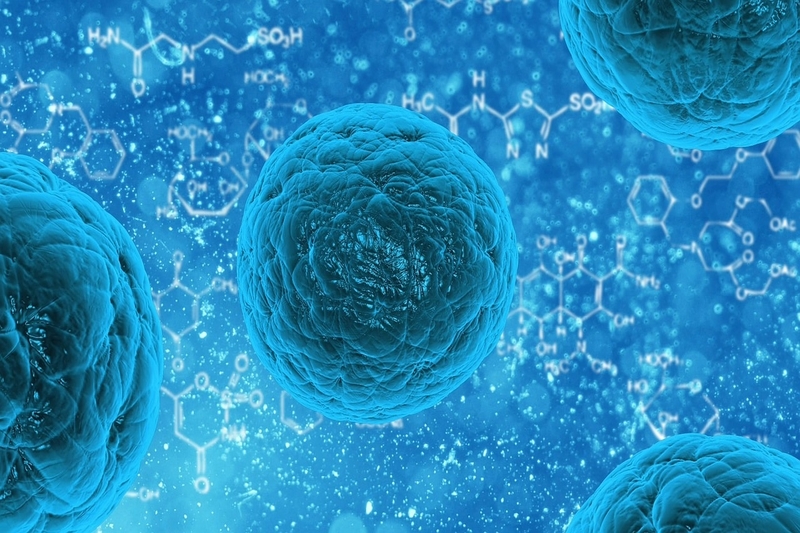
The Agency for Science, Technology and Research (A*STAR) has been a part of two medicinal discoveries in the treatment of cancer and eye diseases.
Green Tea based nanomedicines to treat cancer
An advanced nanocarrier for delivering anti-cancer drugs in the desired manner has been developed by researchers from A*STAR’s Institute of Bioengineering and Nanotechnology (IBN).
They created a compatible nanocarrier, which is derived from green tea catechins, for the anti-cancer drug for kidney cancer, Sunitinib (SU).
This greatly improved the performance of the anti-cancer drug during experiments for hindering the growth and spread of tumours, while significantly reducing the levels of toxicity which are typical of the treatment procedures.
The idea behind the design of these nanocarriers is a result of these two scenarios:
- Low-drug loading capacities
Nanocarriers usually have a low drug-loading capacity. This will result in the need for increasing the dosage or the rate of administering the drugs to meet the intended treatment results. The potential harms as a result of this are the rise in toxicity levels and other side effects.
- Elevating drug-loading runs
This will result in the instability of the nanocarrier and thus resulting in low efficiency and affect toxicity levels as well.
To avoid the above scenarios, the nanocarriers were developed with essential therapeutic properties, supplementing the anti-cancer drug’s efficiency and reducing the importance of the drug-to-carrier ratio.
Green tea contains an antioxidant known as epigallocatechin-3-O-gallate (EGCG) which can stop cancer when administered in large doses.
Back in 2014, IBN researchers developed self-assembling nanocarriers from EGCC and they have applied the same method in creating these advanced nanocarriers for delivering anti-cancer drugs.
The research team behind these nanocarriers is led by IBN Team Leader and Principal Research Scientist Dr Motoichi Kurisawa.
Dr Kurisawa said, “Our work has the potential to greatly alleviate the toxicity associated with normal regimens of the anti-cancer drug.”
He added that this latest creation of nanocarriers will allow for robust prevention of tumour growths while using lower dosages of the anti-cancer drug.
Potential new drug for treating vision loss
A collaboration between researchers from the University of Florida (UF) College of Pharmacy, the Singapore Eye Research Institute (SERI) and A*STAR’s Institute of Molecular and Cell Biology (IMCB) is looking at ways of finding a drug which can treat retinal diseases.
Eye diseases are commonly a result of abnormal blood vessel formations. Some of these diseases include neovascular age-related macular degeneration, neovascular glaucoma and advanced diabetic retinopathy.
Vascular endothelial growth factor (VEGF) is a protein which has been identified as a big contributor to abnormal blood vessel formation.
Thus, researchers are looking into whether Apratoxin S4, a new molecule which is based on marine cyanobacteria, is efficient in preventing the abnormal formation of blood vessels in the eye.
Apratoxin S4 is a member of a family of apratoxin molecules which can only be found in certain parts of the world’s oceans.
It was discovered during a laboratory testing that Apratoxin S4 prevents the formation of growth of abnormal blood vessels in the eye and does not affect regular blood vessels. The research proved the effectiveness of the drug as acting as a therapy of its own or together with other VEGF-inhibiting drugs which prevent abnormal growth of blood vessels.
Singapore’s population is highly vulnerable to eye diseases and disorders in every age group. The risk of blindness increases by fifteen times for Singaporeans aged 50 to 80 and above.
Professor Wanjin Hong, Ph.D., Executive Director of A*STAR’s IMCB, addressed the necessity for more options of eye disease treatments. He said that cases of eye disease will rise in the future, with vulnerability existing amongst every age group.
















